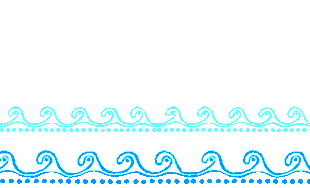Northwest Coastal Indigenous Peoples
Diet and Agriculture
The Northwest Coast Indigenous peoples could catch enough fish during the summer salmon run to feed themselves for the whole winter. They also caught a variety of food from the sea, including halibut and cod. They ate clams, crabs, seals, sea otters, sea lions, fish, herring eggs, mussels, sea urchins, and seaweed. The men hunted land animals, including bear, caribou, deer, elk, and moose. The Nuu-chah-nulth (Nootka)/Makah and, to a lesser extent, the Haida also caught whales. In some areas, mountain goats could be found. The women gathered roots, berries, seaweed for salt, nuts, fungus, acorns, and camas bulbs. Blueberries and huckleberries were some of the favorite berries. While most tribes lived on the coast during the summer months, when winter came, many moved their camps to a more protected area like up a river or inlet.
By the 1750s, more than 100,000 Native Americans had lived in this area because it had richer natural resources than any other area of North America.
Cultural Practices
The Northwest Coast Indigenous peoples believed in many spirits and held special ceremonies to honor them. They created totem poles to represent their family history and spiritual beliefs. These poles often featured animals and supernatural creatures associated with family clans. Ceremonies often included dances, masks, and chants to honor the spirits and seek their guidance.

Decorative Northwest Coastal Artwork
Tools, Weapons, and Utensils
Only two tribes of Northwest Coast Indigenous peoples, the Makah and Nootka, hunted for food in the sea. They built great seagoing canoes, some more than 60 feet long, from the trunks of huge cedar and redwood trees. The canoes could hold as many as 60 people. The Makah and Nootka often carved elaborate pictures and painted designs on their canoes.
The Inuit built large boats called umiaks. The umiak was about 30 feet in length. When a whale was spotted, the chief was the first to strike it with his harpoon. Then, the others joined in. After the whale died, the Indigenous people tied their mouths shut so the whale’s lungs couldn’t fill with water. The whale would become heavy and sink if this were to happen. The whale was then towed back to shore.
Once the whale was pulled to shore, it was cut up, and the meat was divided. The whale was also a source of oil, and the bones were used for various tools. An entire tribe could live on two to four whales for a year.

Carved Wooden Box
Art and Craftsmanship
The Northwest Coast Indigenous peoples believed each clan was closely related to a particular animal. Common animals were the raven, thunderbird, eagle, wolf, killer whale, and bear. These animals were used as designs for many objects. The designs were sometimes flattened or bent to the shape of the object it was being placed on. Parts of the animals were drawn in squared ovals and solid, curved U-shaped sections.
The Northwest Coast Indigenous peoples carved and painted wooden masks. These were used in dances during ceremonies. The dances acted out legends of ancestors and family origins. Sometimes, the masked dancers appeared through trap doors or swung through the air on ropes to look like they were flying. The ceremonies were held in elaborate settings. When the dancers put on masks, they took on the personality of the spirit the mask represented.